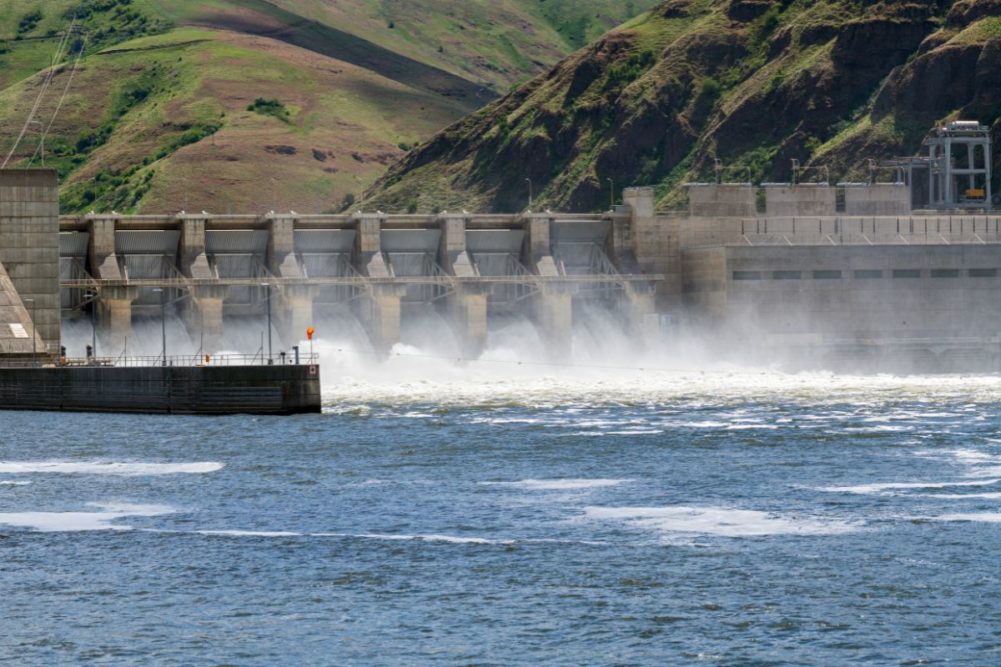WASHINGTON, DC, US — Grain industry supporters have submitted comments noting the Lower Snake River dam (LSRD) system’s importance in exporting wheat and other crops in the Pacific Northwest as two reports released July 12 by the Biden administration argue removal of dams may be necessary to restore the salmon population.
In October 2021, Washington state Governor Jay Inslee and Democratic US Senator Patty Murray of Washington, announced a joint federal-state process to determine whether there are reasonable means for replacing the services and benefits provided by the Lower Snake River dams (LSRD), sufficient to support dam breaching as part of a salmon recovery strategy for the Snake River and the Pacific Northwest. The draft report, published on June 9, will be revised based on public comments.
The July 12 reports were released by the White House Council on Environmental Quality. “Rebuilding Interior Columbia Basin Salmon and Steelhead” by scientists at the National Oceanic and Atmospheric Administration found sweeping changes are needed to restore salmon to fishable levels, from removal of one to four dams on the Lower Snake to reintroduction of salmon to areas entirely blocked by dams. A second report studied how hydroelectric power supplies could be replaced if dams are breached. The administration has not endorsed any course of action.
The National Grain and Feed Association (NGFA) and US Wheat Associates (USW) Working Transportation Group both have submitted comments to the draft report noting the integral role the river’s lock-and-dam system plays in efficiently moving grain by barge to foreign markets, benefiting the region’s producers and economies.
“Removing the LSRD will hurt producers and negatively impact the operations and livelihoods of NGFA members who have made investment decisions based on the ability to utilize barge transportation,” said Mike Seyfert, president and chief executive officer of the NGFA. “This is the wrong policy prescription, especially at a time when the prospects for global food shortages have been exacerbated by Russia’s invasion of Ukraine.”
Barge transportation moves about half of all grain exports to export elevators and is critical to NGFA members in the Pacific Northwest. The Columbia-Snake River System is the third-largest grain export corridor in the world, transporting nearly 30% of US grain and oilseed exports.
“The Lower Snake River Dams (LSRD) provide a critical need that moves U.S.-grown wheat to high-value markets around the world,” USW said. “Breaching the dams would have serious economic consequences for producers and grain handlers. Removing the dams also runs counter to achieving climate-friendly goals.”
USW said transporting wheat by barge is better environmentally because one four-barge tow can move as much grain as 144 railcars or 538 semi-trucks.
“Removing the dams would not only remove clean hydroelectricity but would mandate more significant carbon emissions as grain handlers are forced to rely on railroads and semi-trucks for long-haul delivery to export facilities in Portland and elsewhere,” USW said.
According to the Pacific Northwest Waterways Association, the removal of barge access would require 39,000 rail cars or 152,000 semi-trucks to replace the cargo volume shipped on the Snake River in 2019.
“Navigational access through the LSRD must be maintained,” Seyfert concluded.
Inslee and Murray have said they would make their final recommendations no later than this summer.




